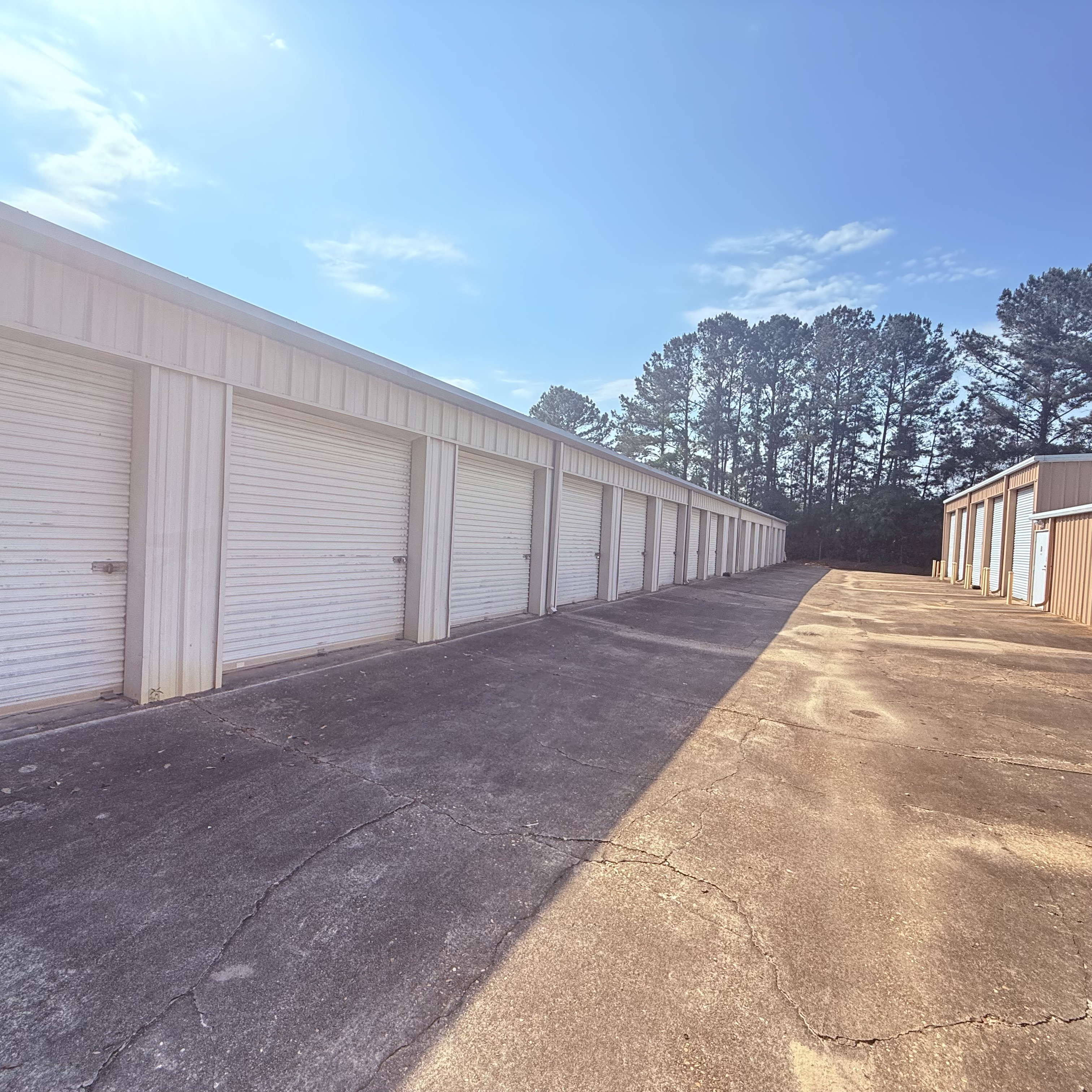
Title: My First Self-Storage Investment: Lessons Learned
By: Stacy McElroy
When I first got into real estate, I was looking at short term rentals in mountain and beach areas, not drive-up storage units. But that changed after speaking with my brother-in-law on several occasions about the self-storage industry. Afterwards, as with most things I take an interest to, I dove head first! I watched countless You Tube videos, joined self-storage social media groups, and even paid big money to join a community called Self Storage Income. These metal boxes where people store their belongings did not look like anything special—but it changed my investment strategy forever.
Here’s the story of my first self-storage investment: what went wrong, what went right, and what I’d do differently if I could go back.
My wife and I made a bold move and sold a custom home we had built. It was the nicest home we had ever owned. After selling it, we used the proceeds to purchase a condominium in Gulf Shores, Alabama. It was on the beach and we absolutely loved it. After a while, it seemed to be a money pit. Linens, repairs, updates, air conditioning unit going out and the constant upkeep and maintenance became a lot. I started to realize how management-heavy it was. Calls about leaky toilets and guest drama weren’t what I wanted long-term. I started researching asset classes that were more scalable and less hands-on.
Self-storage kept coming up. Recession-resistant, less guest turnover, no 3 a.m. calls—sounded perfect. I didn’t need a Class A facility with climate control and wine storage. I just wanted my foot in the door.
I found the deal on Crexi, of all places. Most people say, “You’ll never find a good deal there,” but this one had been sitting for a while. A 9,550-square-foot facility, 85 units, 21 of which were climate controlled, outdoor parking, and about 80% occupied with room for expansion. Plus it was only three hours away from where I lived.
The location was not great—but I saw potential.
I drove out, met the owner, and knew right away: the place was neglected, and he was ready to sell. We negotiated a price below market value because it needed work—and I saw the upside.
The underwriting process was… eye-opening.
Thankfully I had joined Self Storage Income and they helped me during the underwriting and due diligence period. It was listed by a broker, so I had the rent roll and other records. I investigated the local market, spoke with the city's engineering department and realized this town was still growing. It was also close to a military base.
While going through the financing portion, the owners offered to owner-finance the deal. The terms we came to an agreement on were better than what the bank was offering.
Lesson: give yourself extra time for financing—especially when dealing with lenders unfamiliar with self-storage.
Taking over the property was both exciting and chaotic. Even though I had read about managing a self-storage business and watched countless videos, it was still overwhelming when I got into the weeds. I was able to organize tasks, learn who my customers were. Who was paying and who wasn't.
The facility had no online presence other than the U-Haul.com site. It was not user friendly, and we lost three new customers because of the confusion. I quickly opted to change to a more operator and customer user friendly management software system which came with a website. This made the onboarding of new customers so much easier. I began marketing the facility.
The biggest surprise? Some tenants were long gone but still “on the books.” Others hadn’t paid in months. There was also an abandoned RV on the property that I'm still trying to have removed!
I had to clean house—literally and figuratively—and that meant issuing notices and auctioning off some units. Not fun, but necessary.
I implemented a vacant and overlocked system using DaVinci locks. This will hopefully minimize break-ins and give my customers a sense of better security.
Looking back, I made several rookie mistakes:
I underestimated how much time I'd spend on-site. It's not passive as I am managing it myself.
Secret shop local competitors to see pricing and demand. This will help with the demand for storage in my 3-mile radius.
Spend more time analyzing local demand. Google reviews and traffic counts matter.
Talk to other local operators. I could’ve learned more by just asking around.
Five months later, the property has went to 73% occupied, but still cash-flowing steadily. I have made improvements to the property and auctioned off units to make room for paying customers. I'm enjoying the process of learning, making mistakes, but most importantly giving my customers excellent service. I found that just by answering the phone and communicating with them via the phone, text and email goes a long way to show people you care.
It's not smooth sailing, but it was worth it.
If you’re thinking about investing in self-storage, start small and stay curious. You don’t need to be an expert to get started—you just need to be willing to learn, adapt, and get a little dirty (sometimes literally).
This one facility has taught me quite a bit. The books, webinars, and videos are helpful but nothing works as well as OJT (On The Job Training)!
And if I can do it, so can you.